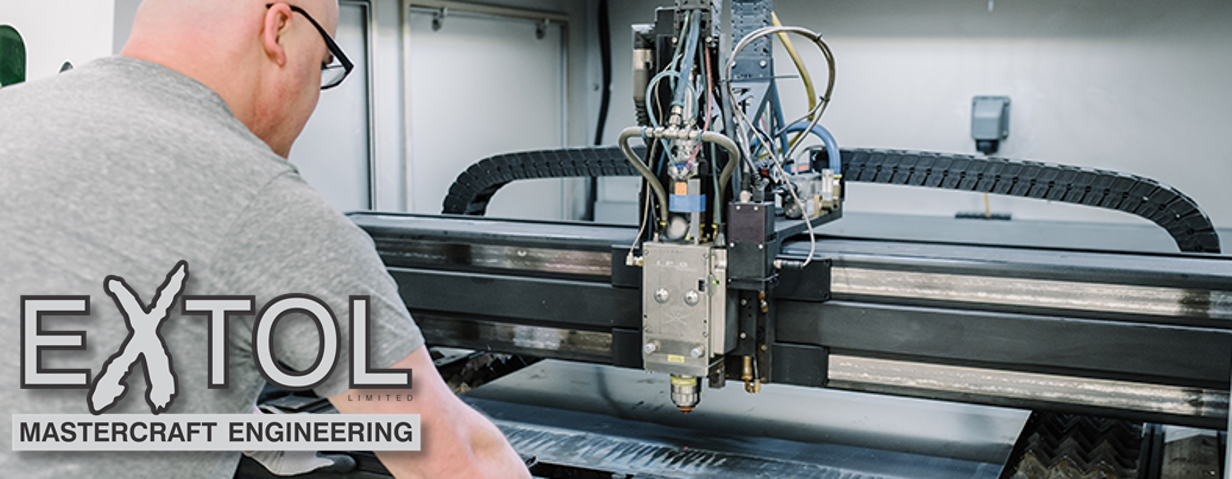If manufacturing your product requires cutting a shape out a sheet metal, you will face several processing options. Some factors to consider when evaluating the suitability of a process include: material type, material thickness, part geometry, required edge quality, throughput, tolerable level of heat input or mechanical force, dimensional tolerance, capital costs, and operating costs.
The most popular traditional sheet metal techniques are shearing-type cutting (e.g. punching), waterjet, plasma and lasers. Waterjet cutting was commonly used in industrial applications in the 1930s, while plasma cutting made its debut in the 1960s. Laser cutting was introduced in the 1970s. It is difficult to date shearing-type cutting methods, as some of its variations go back to ancient times. In 2016, the laser cutting was the largest segment of metal cutting machine sales in the world. Comparing the cutting processes is the best way to understand what factors have been attracting a major number of fabricators to use lasers for cutting sheet metals. Instead of listing pros and cons for every process, here is a brief one-to-one comparison between cutting and the alternative process.
The most popular traditional sheet metal techniques are shearing-type cutting (e.g. punching), waterjet, plasma and lasers. Waterjet cutting was commonly used in industrial applications in the 1930s, while plasma cutting made its debut in the 1960s. Laser cutting was introduced in the 1970s. It is difficult to date shearing-type cutting methods, as some of its variations go back to ancient times. In 2016, the laser cutting was the largest segment of metal cutting machine sales in the world. Comparing the cutting processes is the best way to understand what factors have been attracting a major number of fabricators to use lasers for cutting sheet metals. Instead of listing pros and cons for every process, here is a brief one-to-one comparison between cutting and the alternative process.

 RSS Feed
RSS Feed